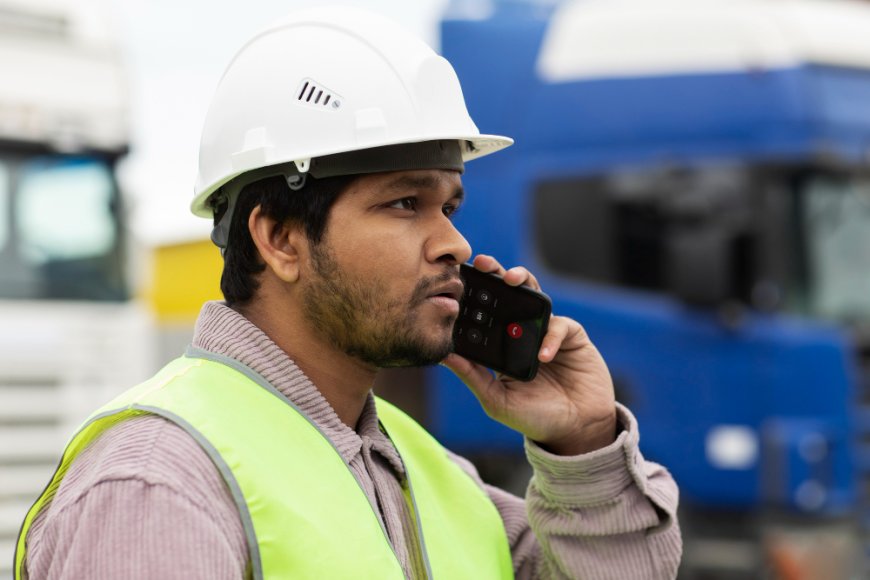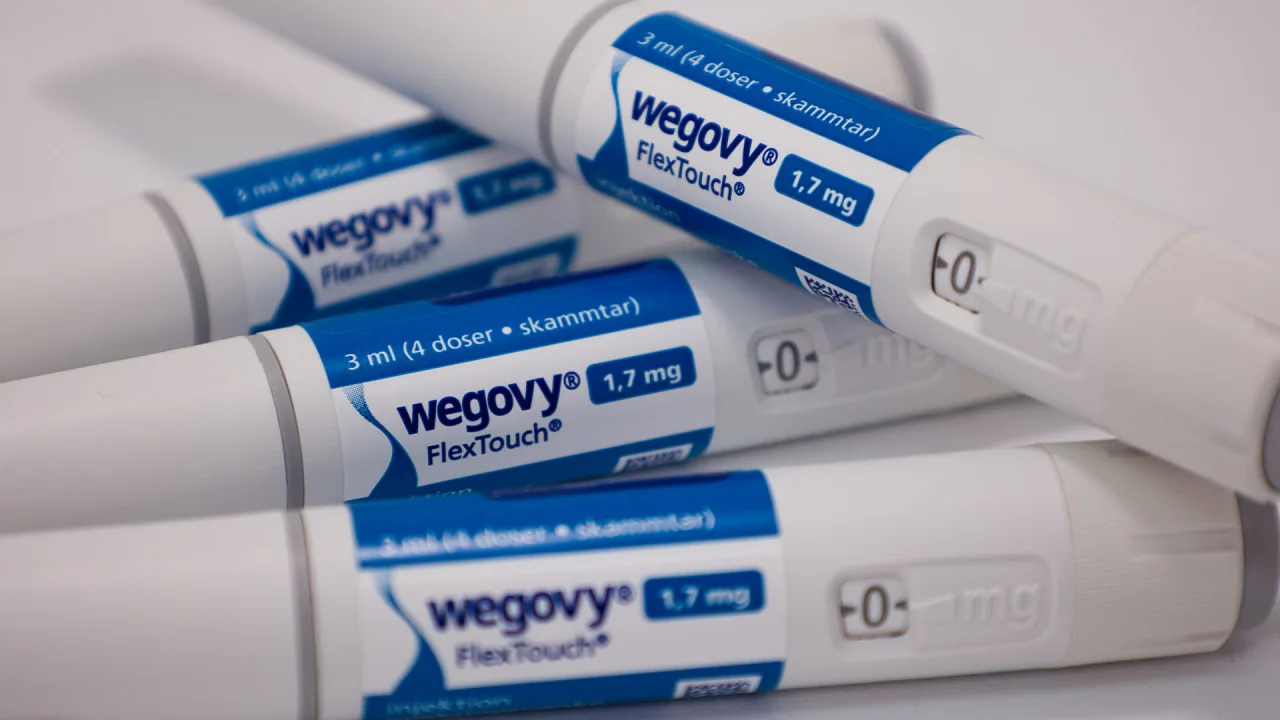The Role of Explosives Trace Detector in Public Safety and Event Security
Ensure safety with an Explosives Trace Detector, providing rapid detection of trace amounts of explosives in security-sensitive areas.

In an era where public gatherings are becoming larger, more frequent, and increasingly vulnerable to security threats, the importance of preventive screening methods cannot be overstated. One critical technology that has emerged as a frontline defense in the battle against terrorism and criminal activity is the Explosives Trace Detector (ETD). Its growing relevance in public safety and event security underscores the pressing need for fast, reliable, and unobtrusive screening tools that can detect even the faintest residues of explosive materials.
From crowded stadiums to mass transit hubs, and from government buildings to cultural festivals, ensuring public safety involves more than visual surveillance or manual checks. The sophistication of modern threats demands a new level of security infrastructure—one that combines speed, accuracy, and portability. This is precisely where the Explosives Trace Detector excels, quietly operating behind the scenes to identify dangerous substances before they can cause harm.
Understanding the Technology Behind Explosives Trace Detection
An Explosives Trace Detector is a specialized device that identifies microscopic particles or vapors associated with explosive compounds. It works by sampling surfaces such as bags, clothing, or hands to detect trace amounts of explosive residue. These devices typically use ion mobility spectrometry (IMS), a proven technique that can analyze chemical signatures in real time.
The working principle is simple yet effective. A small swab or air sample is collected from a target surface and introduced into the device. Within seconds, the system analyzes the sample’s chemical composition and compares it to known signatures of explosives such as TNT, RDX, PETN, and others. If a match is found, the system alerts the operator, prompting further investigation or security intervention.
Modern ETDs are built with robust sensors, intelligent algorithms, and intuitive interfaces. They are designed for minimal user training and are highly portable, making them ideal for on-the-spot screening in environments that require high mobility, such as outdoor events or mobile checkpoints.
A Silent Guardian in Public Spaces
Public spaces are often the most vulnerable to acts of violence, precisely because of their openness and accessibility. Events like concerts, political rallies, sports matches, and religious gatherings attract thousands of people in one location, turning them into potential targets. Security protocols for such events must be unobtrusive yet highly effective. This balance is one of the key strengths of the Explosives Trace Detector.
ETDs enable security personnel to screen individuals and belongings with minimal disruption. Unlike invasive physical searches or full-body scanners, trace detection allows for discrete checks that respect privacy while still maintaining a high level of threat detection. Attendees can pass through entrances quickly, allowing for smooth crowd management while ensuring safety standards are met.
Moreover, these detectors are versatile in deployment. They can be stationed at entry points, integrated into baggage screening systems, or used as handheld devices for random checks within the crowd. Their mobility and compact design make them a preferred choice for securing temporary venues or pop-up events.
Airports and Transit Hubs: Critical Applications
The transportation sector, especially air travel, has long been a primary focus for explosives detection. ETDs are an integral part of airport security architecture, used to screen checked luggage, carry-ons, and even boarding passengers. Given the catastrophic potential of explosive devices in aircraft or crowded terminals, the precision of these detectors is paramount.
The Explosives Trace Detector is equally valuable in rail and metro systems, which face daily exposure to high footfall. Security teams at such locations use portable ETDs to scan unattended bags or suspicious packages swiftly, often preventing disruptions or evacuations through early intervention.
The role of these detectors extends to routine patrols, where officers may screen random passengers or vehicles, adding another layer of deterrence and real-time responsiveness. Their non-intrusive nature makes it easier to maintain the flow of commuters without triggering alarm or resistance.
Event Security: Proactive Threat Management
When it comes to securing live events, reactive responses are often too late. Preventive strategies, enabled by technology, are far more effective in mitigating threats. An Explosives Trace Detector helps event organizers and security firms adopt a proactive posture. Before guests even enter the venue, security teams can deploy ETDs to screen backstage areas, vendor equipment, VIP zones, and transport vehicles.
Such pre-emptive checks can identify threats long before an event begins, reducing the risk of disruption during peak hours. As the event unfolds, continued use of ETDs can support rapid response teams by confirming or ruling out explosive threats in real time.
Conclusion
As the nature of public threats evolves, so too must the tools we use to counter them. The Explosives Trace Detector has proven to be an indispensable asset in modern security infrastructure—precise, fast, and adaptable. Its applications in public safety and event security are not only enhancing physical protection but also building confidence among citizens and attendees.
In a world where safety cannot be compromised, embracing technologies that detect threats before they manifest is no longer optional—it is essential. The silent, watchful efficiency of the Explosives Trace Detector ensures that public spaces remain not just open and vibrant, but also secure.





































































































![Building A Digital PR Strategy: 10 Essential Steps for Beginners [With Examples]](https://buzzsumo.com/wp-content/uploads/2023/09/Building-A-Digital-PR-Strategy-10-Essential-Steps-for-Beginners-With-Examples-bblog-masthead.jpg)
















































